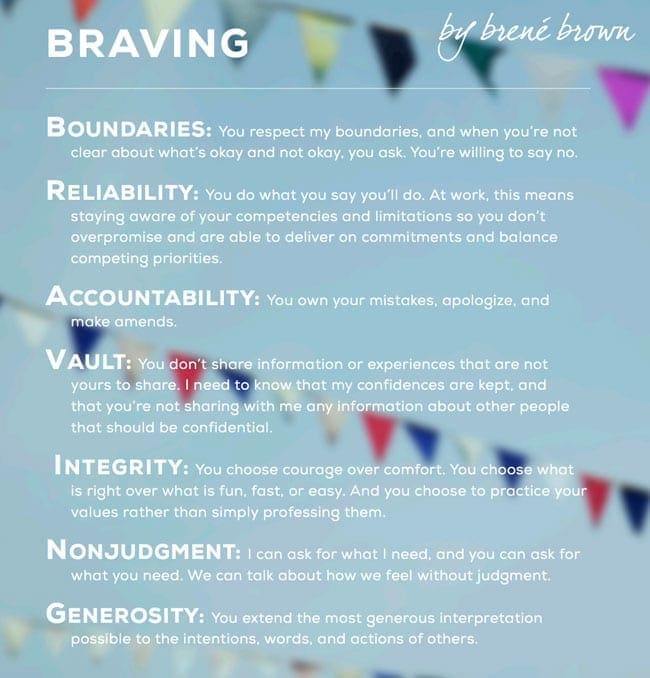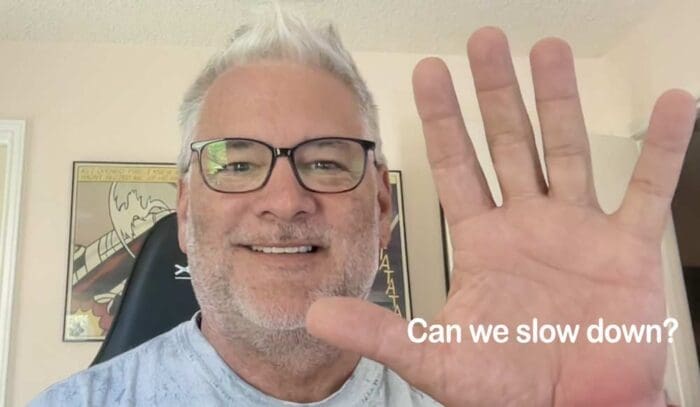Listen to our discussion of this post free on YouTube: The Container Method for Couples
Working with couples I am often struck by the simplicity of the issue that is most common.
“He’s not listening to me.”
“She never pays attention to my needs.”
It’s so common, it was common in my marriage, my divorce, and will continue to be a problem for partners unless they make a change. The change is not revolutionary, it’s not something I invented, and it’s not difficult to understand.
The Container Method for Conscious Couples Therapy
A. One partner is the GIVER. (They have the issue that needs to be addressed.)
B. The other partner is the RECIEVER.
At the beginning of the engagement, one partner asks, “Can we do this in a container?”
The first step, is preparing for high emotional content. Finding a safe space. Building an imaginary container that protects you from the anger and frustration that is about to come your way. We call this putting ourselves in a container.
The second step, the Giver begins to tell their story. Discharge, high emotions, tears, rage, and sadness, are all acceptable expressions. Personal attacks are the only form of anger that is not allowed.
The third step, the Reciever raises their hand for a pause, when they have reached their capacity for listening. Often, this just means there’s a lot of information coming, and they need time to catch up. In this pause, the Reciever shares back what they have heard their partner say.
The fourth step, the Reciever says, “Did I get it all?” if the answer is yes, the couple can switch roles and do the process in reverse. If the answer is NO, the next question comes easily, “Is there more?” And the Giver begins again with new or deeper information.
The protection of the container does two things.
- It assures the receiver that they will not be hurt or forced to solve the issues coming at them. They can LISTEN to hear their partner, rather than listen to build a defense or a fight.
- It also allows the Giver to unload without restraint. Get it all out. Let go of what is bothering you.
Being Heard and Acknowledged Is Important
In most cases, simply practicing the container helps couples feel more safe, more connected, and brings a sense of cooperation to the partnership. If we understand that a couple’s goal is to stay together and make each other’s lives easier and less complicated, then the container is a tool that solves several points of conflict.
Part of the therapeutic relationship (what I do when I’m coaching) is to make sure someone is feeling heard. I don’t have to agree with everything that is being said. As someone who is not connected to your personal life, it may make it easier to unburden yourself to a therapist. That’s good. As a coach, I move couples into listening to each other. Not everything is resolveable. There should be no more complaints of “you never listen to me.”
The container method assures each partner that they are being heard. There can still be disagreements. But each person’s perspective, requests, and feelings are respected.
I promise you: practice the container in your relationship and you WILL BE HEARD.
What Happens Next?
Often, the next part of the process is to reach a plan of action. A series of agreements that will move the couple, collaboratively, toward the goals that they have individually as well as together. Articulating the plan may require some container exercises if things get too hot.
When couples feel heard and respected by one another much of the conflict is deescalated. If you are clear about what you want and your partner is clear that they understand what you want, then the course of action is clear. As a collaborative tool, I’ve seen couples move through old baggage and articulate clearer objectives or next steps.
When the same request comes up over and over, we may have a conflict that is not resolved. At least, at this point, we have spoken our truth, asked for what we need from the other person, and for some reason, our request is not being honored. There’s a great process for this type of conflict as well.
BRAVING
Brené Brown has given us so many great ideas about vulnerability, men and women in relationships, and ways to be more loving in a relationship. Her largest contribution, however, that I use almost every day in my life and in my coaching, is BRAVING.
I’m going to give you a graphic, but first I want to give you my summary of how this plays out all the time.
I’ve agreed to do a chore for my partner over the long holiday weekend. On Sunday afternoon, I realize that the time has gotten away from me and I did not take care of the chore. Yes, I broke my agreement.
My partner’s response is so quick and angry as I begin trying to negotiate a new agreement that it becomes unproductive. In some cases, a simple “Can we do this in a container” is enough to allow the conversation to continue. Often, however, the angry partner is overwhelmed by the flooding of emotions. In Braving, either the angry partner or the defensive partner asks for a break.
At this point, it is the “triggered” or angry partner’s responsibility to go work on the volcano bursting inside of them. The idea is that anger and frustration has been set off by the actions of your partner, but the RAGE is pointing at something deeper that needs to be resolved. It is our individual responsibility to be accountable for our own emotional overwhelm. In the same way, it’s an individual’s responsibility to learn how to make themselves happy, it is also their responsibility to process their rage and overwhelm outside of the relationship. This is where a coach, therapist, or other supportive system can be used to address the RAGE. It can also be sadness or depression.
What Brené reminds us so clearly: we cannot rescue another person or protect them from hard emotions. What we can do as a partner is remain available, connected, and patient. I cannot solve my partner’s blinding anger. I can ask my partner to work on that issue outside of our relationship, to diffuse the fire that belongs to their past hurts and not to the current issue or relationship.
I will be your trigger. (Because we are in a loving relationship.) I will not be your target. (You cannot take your rage out on me.) Here is the braving sheet of Brené’s system, which goes much further into the process of being in a securely attached relationship.

Repairing A Relationship
After an upset it is important for one of both of the partners to ask for a “repair.” This is a moment for both of you to apologize. For some assurances to be made about future outbursts. As a couple learns to fight fair, take care of their own individual issues, and return to the partnership with a clearer objective, couples make quick strides toward a better relationship.
Try the container exercise. Read more about Braving. And most of all, open yourself to the struggles and desires of your partner by listening to them, reflecting that you heard them, and staying safe in all conversations, even if things get heated.
My favorite phrase for couples this, “Can we slow down?”
Take your time. “Can we do this in a container?” is a great step forward. “I need a little time to process what’s making me so furious, can we reconnect on this in an hour?”
When things are hard don’t plow on through as you have always done. Slow down. Use the container. Use Brené’s framework. Learn to be more empathetic as a partner: listen to hear and understand, not to formulate a response or defend.
The way forward is with love and respect. It starts with better communication tools and agreements.
Namasté,
John McElhenney – life coach austin texas
Facebook | Instagram | Pinterest | @wholeparent
Listen to the discussion free on YouTube: The Container Method for Couples
- One Man’s Courage to Stand Alone: Brené Brown’s BRAVING
- Emotional Intelligence Essentials for Long-Term Relationship Success
- Relationships at the Speed of Life: On Becoming a Couple Together
Please check out my books on Amazon, including this one:




